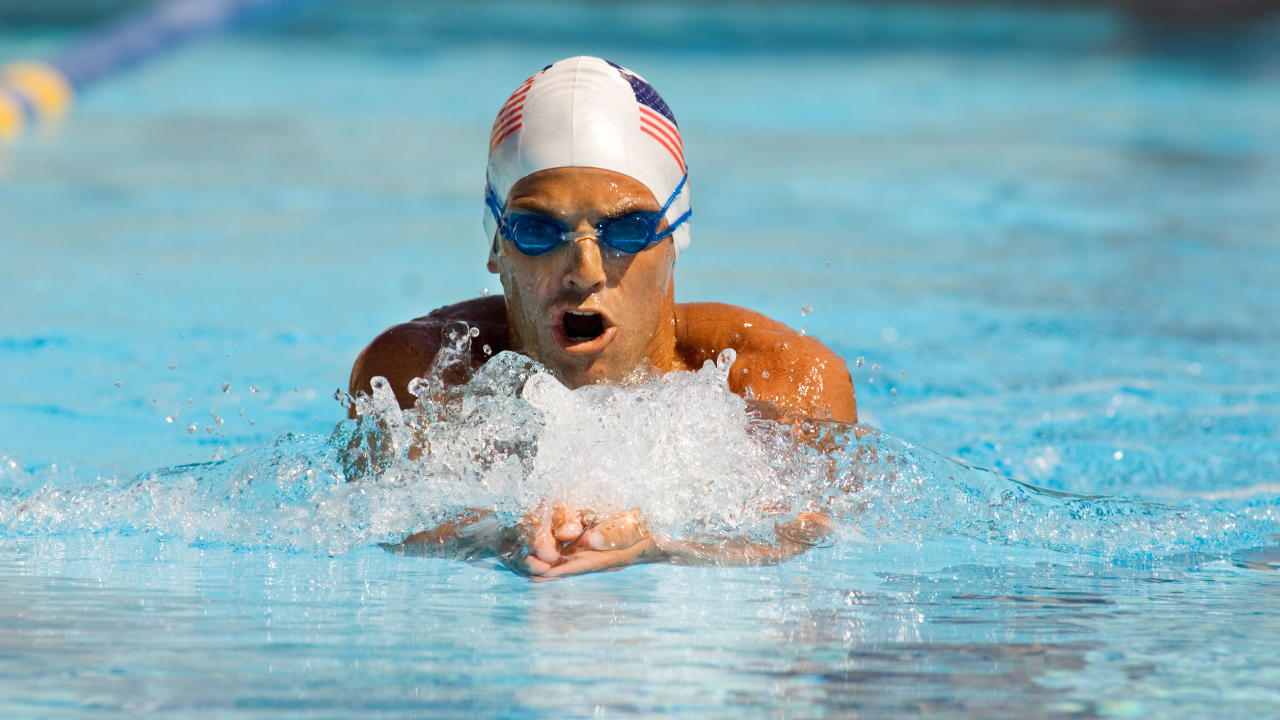Many Athletes are Dysfunctional!
Mar 18, 2015
Did you see it? Professional golfer Tiger Woods pulled out of the first round of the Farmers Open last month due to back pain. Why? Because of a lack of glute activation. In an interview, he actually acknowledged it.
“My glutes are shutting off and they they don’t activate and then hence you know it goes into my lower back.”
So, maybe he should have checked out my recent blogs on why glutes shut off and how to activate them!
If you'd like, you can listen to full the interview here.
Interestingly, back in 1998, Pete Egoscue noticed Tiger’s potential for back pain. Egoscue included this observation in his book Pain Free: “Woods will probably end up [...] with back or shoulder problems. [...] Tiger’s right shoulder is forward and lower than the left. This asymmetrical state is evidence of compensation and improvisation.” So, Egoscue called it!
When you think about it, golf is really a one-sided sport. Like all golfers, Tiger always turns his body in the same direction. Thus, he builds strength in his one, repeated movement. Unfortunately, because he doesn't balance this muscular development on the opposing side, his posture has become crooked. As a result, he is prone to injury. Golf did not cause his back pain. Instead, his lack of muscular balance and function - probably more than just his glutes - makes him hurt.
Additionally, athletes in sports that should use the body symmetrically also suffer. For example, even though running is one of the best sports in regards to alignment, it has very high injury rates. Actually, I’ve read that a whopping 70% of runners get hurt at some time during their career.
What are athletes doing wrong?
It seems a bit counter intuitive. Athletes know how important their bodies are to success in sport, so they have coaches and structured training programs. Also, they watch their diets, monitor their intensity, and practice technique and skills. Finally, they get adequate rest . . . Yet they are dysfunctional and hurt. Why?
Here's the problem. Athletes do too much of the same thing. Like Tiger, they have built up their bodies unevenly. This, then, affects their ability to move efficiently. In his book The Egoscue Method of Health Through Motion, Egoscue tells the story of having an NFL player attempt the Arm Circles exercise: “He can’t do it. His shoulders are locked in the forward position.”
Think about it this way. Sports repeatedly take your body through the same movement sequence or keeps it locked in a static position for long durations. Instead, in order to stay healthy, balanced and injury-free, the athlete should perform actions that counteract their sports motions and postures. In other words, they need to maintain function beyond the demands of their sport.
So, are you keeping your body in balanced alignment? Do you recall the free sports exercises you received when you signed-up for my newsletter? If you don't, register now! Just fill out the form on the top right corner of this page.
Every day that you play a sport, you should also be doing movements that offset those patterns. If you are hunched over a bike for hours, do something where your spine is extended. If you swim, ski or run with your upper body rounded forward, make sure to oppose that action with chest-opening stretches. It's evident that the longer you stay in a static position, the more likely you are to get stuck there.
Related Blog: Cross Train for Better Posture and Performance
Athletes move to their dysfunctional side
When kicking a soccer ball, taking a high step, or making a quick turn, the athlete will use her stronger, more aligned and stable leg as a support. Consequently, she'll move away from it to her weaker side. This is important to know as an athlete and as one who plays team sports. If you look at an athlete, you might even be able to tell which side she will favor. For example, a turned-out foot, ankle pronation, or a rotated knee can all signal the dysfunctional side.
Test Yourself
In order to test yourself, ask yourself these questions.
- First, when you come up from the floor to standing, which leg do you use more?
- Now, consider this. How’s your balance? Can you stand on one foot more easily?
- Next, think: If you had to jump a creek, which leg would you thrust forward to clear the water?
- Now, try this. Stand a couple feet from a wall and lean forward. Which foot darts out to keep you from hitting the wall?
- Then, run out to a cone and back. Which way did you turn around the cone?
- Finally, here's your conclusion. Whichever leg you used for stability is your more functional side. If you are a very functional athletes, you can move equally to each side with expert quickness and skill. In other words, there is no imbalance.
I was highly dysfunctional!
If you have been following my blog or have read My Story, you know I have had many challenges with my body. One of my last hurdles to a full recovery was having the ability to cross-country skate ski without pain. I am excited to tell you that recently I was able to ski 64 km with no discomfort and minimal post-activity soreness. We can all heal and overcome our dysfunctions!
Stay connected with news and updates!
Join our mailing list to receive the latest news and updates from me.
Don't worry, your information will not be shared.
We hate SPAM. We will never sell your information, for any reason.

